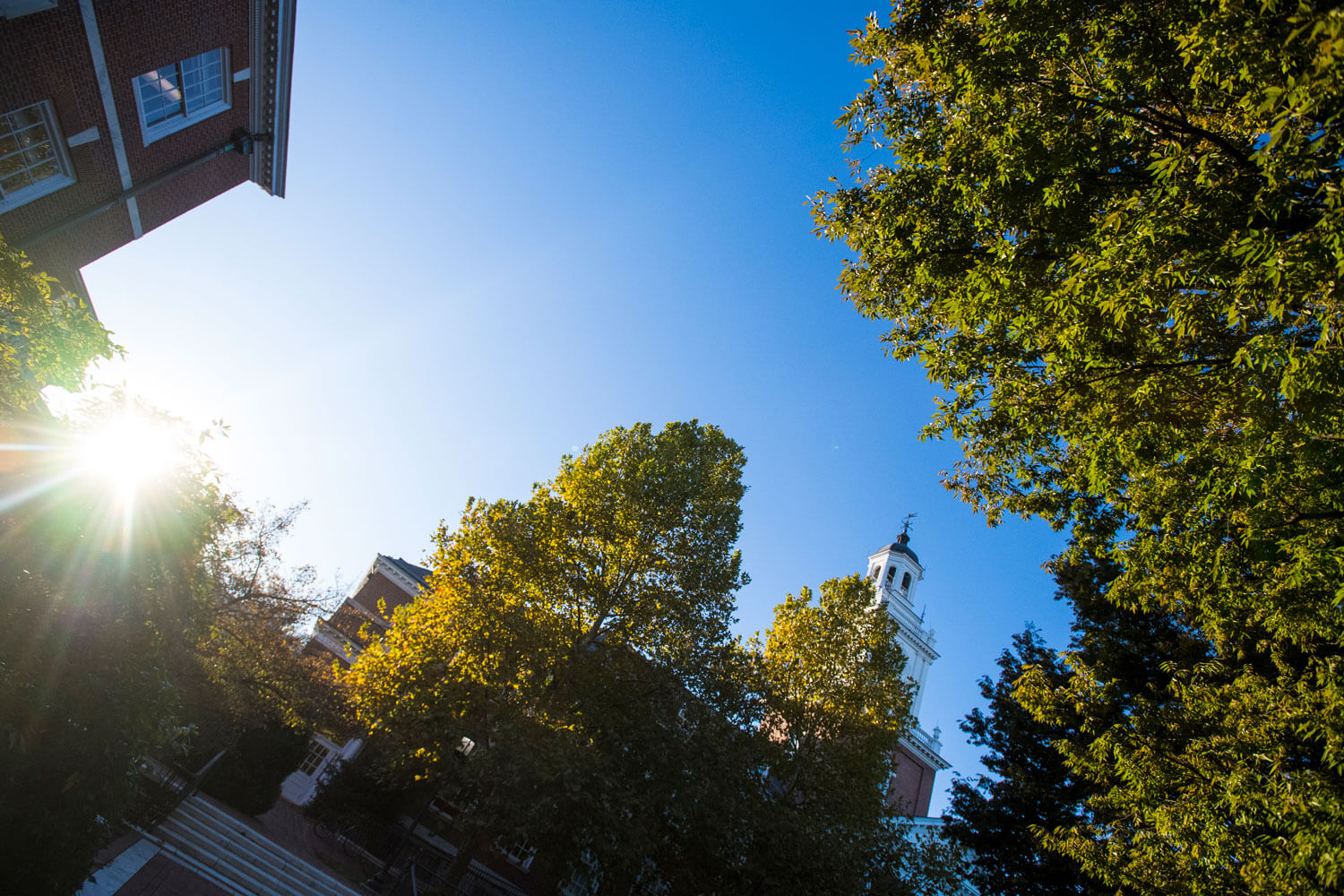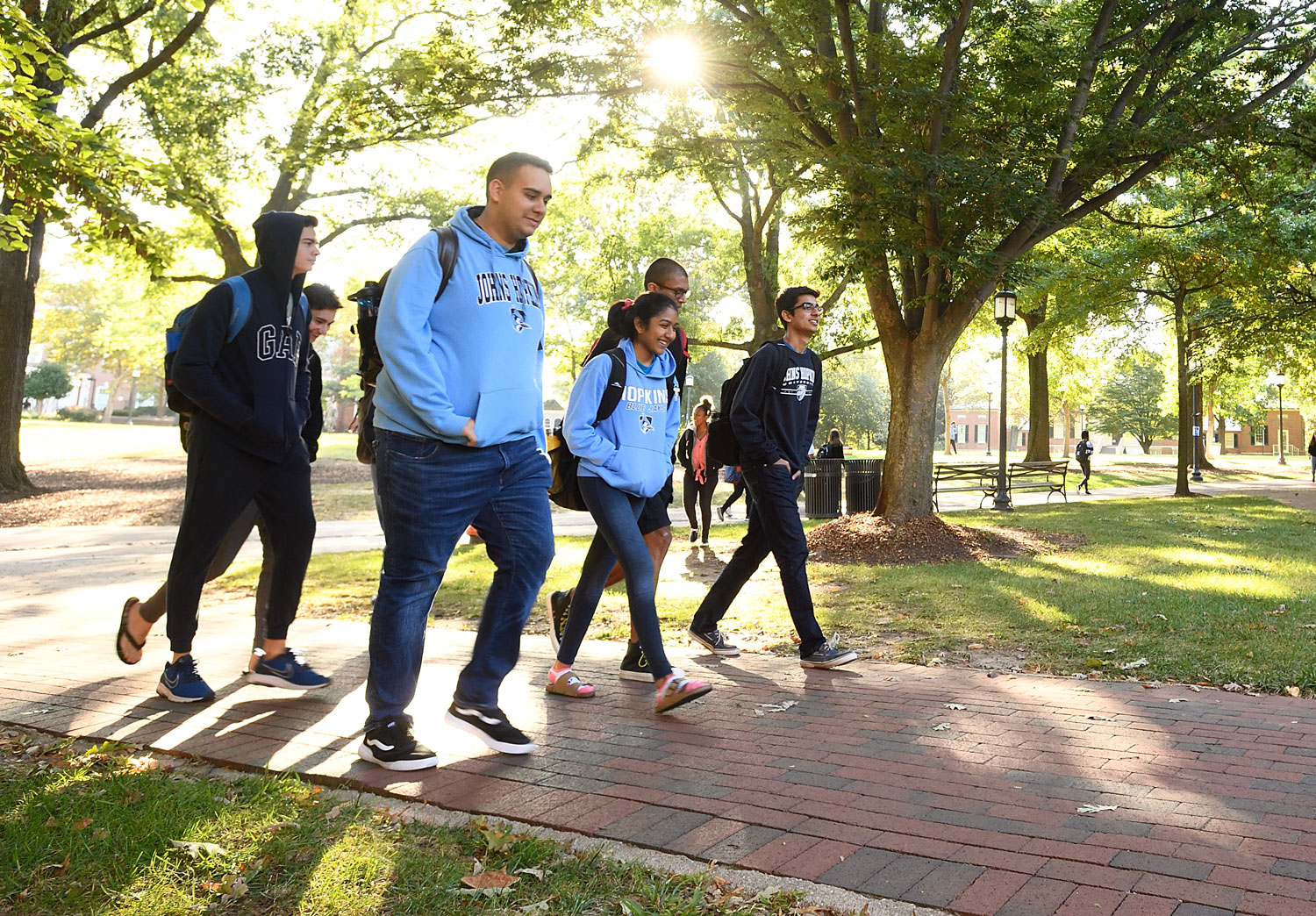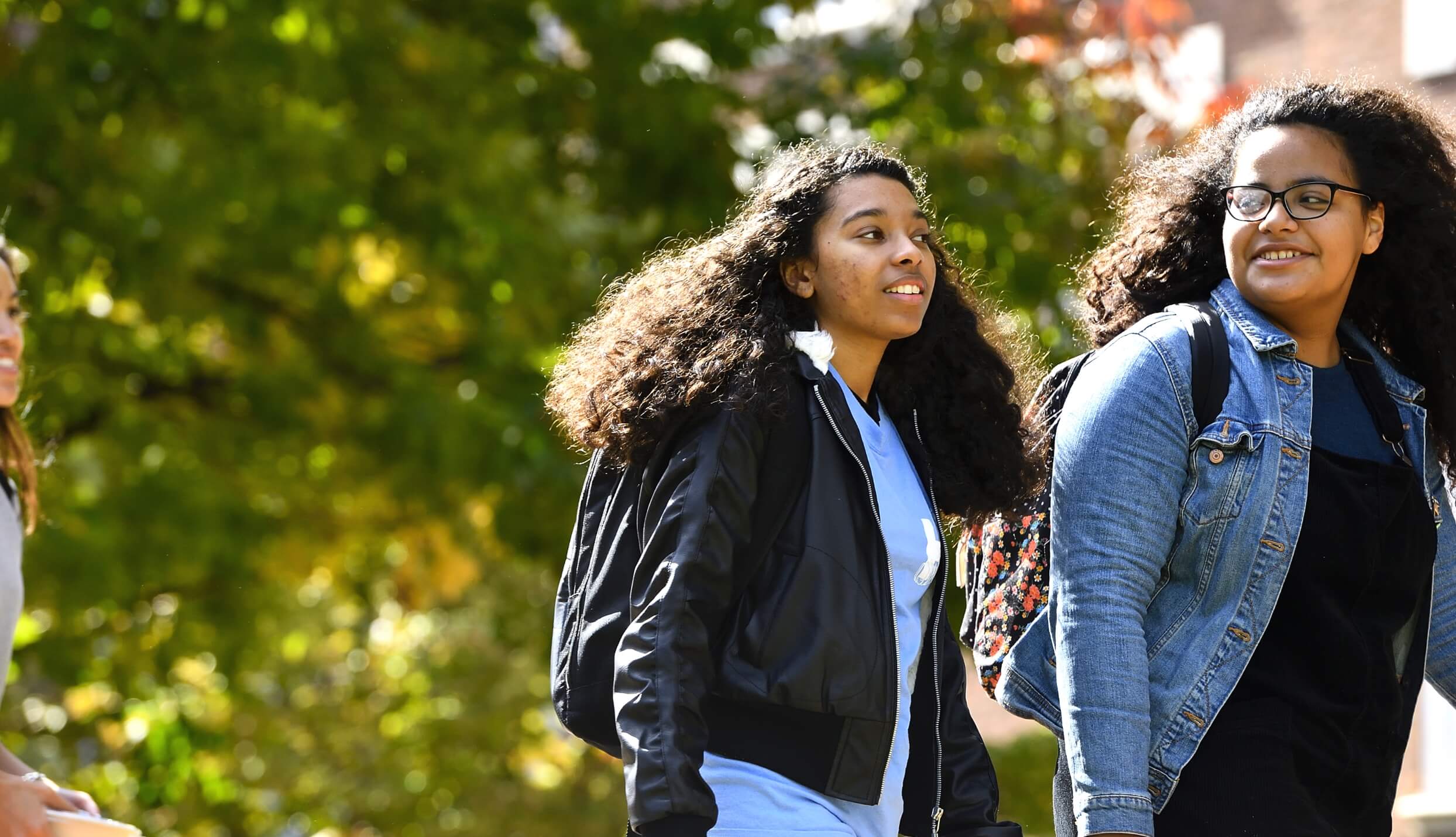Enhanced Loan Counseling
Receive individual counseling and resources to reduce loan debt.
Enhanced Loan Counseling

If you decide to use loans to pay for college costs, consider these options first. Remember, loans are a form of financial aid that must be paid back to the lender, and rates and payment terms can vary.
The Direct Subsidized Student Loan is need-based, so your family contribution is used to determine eligibility. The federal government subsidizes the loan by paying the interest while you are in school.
The Direct Unsubsidized Student Loan is not based on financial need, although you still need to complete the Free Application for Federal Student Aid (FAFSA) to obtain the loan. After the first disbursement, interest begins accruing on the unsubsidized Federal Direct Student Loan. While enrolled in school, you and your family may choose to pay all, part, or no interest at all. We encourage you to make interest payments while in school, if possible.
Interest rate information and repayment terms:
You will receive an email when your offer is updated. Please allow our office five to ten business days to process loan requests. If you need help, please contact Student Financial Support.
First-Year: $3,500 subsidized, $2,000 unsubsidized
Sophomore: $4,500 subsidized, $2,000 unsubsidized
Junior-Year & Beyond: $5,500 subsidized, $2,000 unsubsidized
First-Year: $3,500 subsidized, $6,000 unsubsidized
Sophomore: $4,500 subsidized, $6,000 unsubsidized
Junior-Year & Beyond: $5,500 subsidized, $7,000 unsubsidized
Borrowers apply for the Parent PLUS loan for each academic year individually. Multi-year loans may be consolidated at a later date. The loan amount may not exceed the cost of attendance for the academic year, minus any financial aid you’re eligible to receive. Borrowers are encouraged to apply for the amount needed for the entire year, not semester by semester.
Find out more by watching this educational video about Parent PLUS loans.
Some states offer educational loan programs to residents of that state with interest rates and repayment terms equal to or better than the federal student and parent loans. We recommend that you and your family check with your state higher education agencies about the availability of these loans.
Private banks also offer loan programs for educational costs. For most of these loans, you (the student) are the borrower with your parents as a co-signer. Interest rates generally are variable.
For state or private loans, the borrowing limit is the total cost of education for the academic year (as defined by Hopkins) minus any financial aid. The University does not endorse or recommend any lender, nor does the University have any financial interest in any lending institution.
You and your family have the right to select the educational loan provider of your choice. If you want to learn more about supplemental loan funding, please review ELM Select. Johns Hopkins provides access to this interactive tool to help you and your family better understand your private loan options.
Find out more by watching this educational video about private loans.
If you are a new Direct Student Loan borrower, you must sign a master promissory note (MPN) and complete online Entrance Counseling. Make sure to have your FSA ID available to complete these steps.
The MPN is valid for ten years of consecutive borrowing at Hopkins. The loan proceeds will be credited to your student account ten days before the semester starts.
The Direct Student Loan Program simplifies the application process for students and provides quicker access to loan funds. Loan repayment allows more options for repaying the loan through extended, graduated, and income-based plans. Loan repayment information will be sent with the promissory note at the time of repayment. Loan repayment information, as well as interactive calculators, are available to help you plan for repayment.
In August of 2022, President Biden announced a student loan relief plan that would cancel up to $20,000 of federal student loan debt for eligible borrowers.
However, in June of 2023, the Supreme Court struck down the plan. So, your student debt has NOT been canceled (even if you got an approval when you applied). Payments resume in October 2023.
If your loan payments were paused, you will need to begin making payments again on October 1, 2023. If you just graduated in May, your repayment begins after your 6-month grace period is over (if you didn’t use it before graduation) around mid-November.
Even though you technically borrowed from the federal government, they are not the ones managing your loans—they outsource the responsibility to individual servicers: companies that handle the payments, communication, and record-keeping.
You should have received an email from your servicer if you’re heading into repayment. The message should have included details on how to set up an account. If you didn’t get an email? Log into https://studentaid.gov . Your dashboard will list your servicer and include a link to their website. Or you can call the Federal Student Aid Information Center at 1-800-433-3243 to find out who your servicer is
and how to get in touch with them.
If you have multiple loans, it’s possible that you have more than one servicer. If this is the case, you should have been contacted by each servicer, and you will need to make payments to each of your servicers every month.
Public Service Loan Forgiveness (PSLF) allows borrowers who meet certain criteria to have their federal student loan debt forgiven after ten years of eligible service and 120 qualifying payments on any repayment plan.
There are 2 kinds of repayment plans: those that are based on your income and those that are not.
The ones that are not based on income are:
There are 4 major income driven repayment plans. The SAVE plan (new), the Income -based repayment plan (IBR), the PAYE plan, and the income contingent repayment (ICR) plan. Each one calculates a monthly payment based on your income. The SAVE plan is the plan that has the most benefits, fewest restrictions, and calculates the lowest payments.
The new SAVE plan is the best income-based repayment plan from every angle. It offers the lowest payments, the broadest eligibility and the most favorable loan -forgiveness features.
The SAVE plan offers the most accessible path to loan forgiveness yet. You can qualify for forgiveness after 10 years, and periods of forbearance or deferment even count toward forgiveness.
You can apply to enroll in the SAVE plan in less than 10 minutes on the Federal Student Aid website.
Perkins loans, FFEL loans, and Parent PLUS loans are not eligible for the SAVE repayment plan. All other Direct Loans are eligible, including graduate PLUS loans.
You have to opt into the program by August 30, 2024. Go online and log into your account on the Debt Resolution FSA site or call the Default Resolution Group at 1 -800-621-3115.
Federal Student Aid (FSA) continues to warn borrowers about student loan scams. With so many recent efforts to create new programs that provide debt relief, even savvy borrowers might find it hard to tell the difference between a scam and legitimate forgiveness and relief efforts.
Beware of any source that is not directing you to FSA or your loan servicer.
In October 2023, 30 million borrowers will begin repayment at the same time. The existing support network will be strained, making it difficult to reach a person who can answer your questions. That’s where Student Connections can help!
Student Connections is passionate about helping students. They partner with schools to provide support for borrowers throughout the student loan repayment process. With more than 60 years of experience in counseling student loan borrowers, their primary goal is to help you find the repayment plan that best fits your needs.
While you are in student loan repayment, Student Connections may contact you through emails, text messages and phone calls to:
Talk to a Borrower Advocate for free at (866) 311-9450. They’re available to answer questions about your outstanding loans and will work directly with you and your loan servicer when appropriate.
Additional Federal Direct Loan information:

Receive individual counseling and resources to reduce loan debt.
Enhanced Loan Counseling